Anderson, C. M., & Swanson, R. A. (2000). Astrocyte glutamate transport: Review of properties, regulation, and physiological functions.
Glia,
32(1), 1–14.
https://doi.org/10.1002/1098-1136(200010)32:1<1::AID-GLIA10>3.0.CO;2-W
Hastoy, B., Clark, A., Rorsman, P., & Lang, J. (2017). Fusion pore in exocytosis: More than an exit gate? A
\(\beta\)-cell perspective.
Cell Calcium,
68, 45–61.
https://doi.org/10.1016/j.ceca.2017.10.005
Haucke, V., Neher, E., & Sigrist, S. J. (2011). Protein scaffolds in the coupling of synaptic exocytosis and endocytosis.
Nature Reviews. Neuroscience,
12(3), 127–138.
https://doi.org/10.1038/nrn2948
LadyGagaVEVO. (2021).
Tony bennett, lady gaga - I get a kick out of you (official music video). Youtube. Retrieved from
https://www.youtube.com/watch?v=iTdHQ065A_o&list=RDiTdHQ065A_o&start_radio=1
Neuron, N. (2021).
Propagation of action potential. Youtube. Retrieved from
https://www.youtube.com/watch?v=tOTYO5WrXFU
Sterling, P., & Laughlin, S. (2021).
Principles of neural design. The MIT Press, Massachusetts Institute of Technology. Retrieved from
https://mitpress.mit.edu/books/principles-neural-design
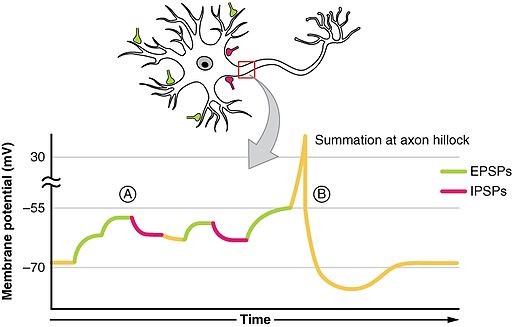
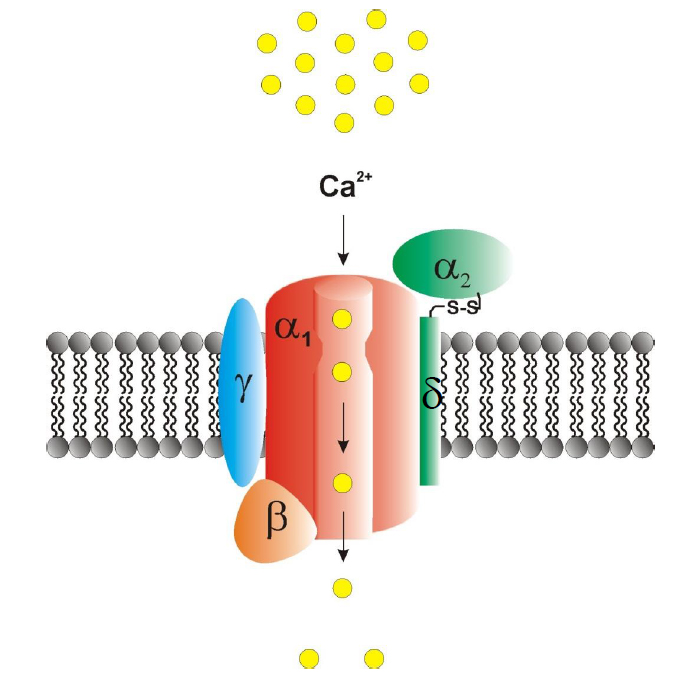



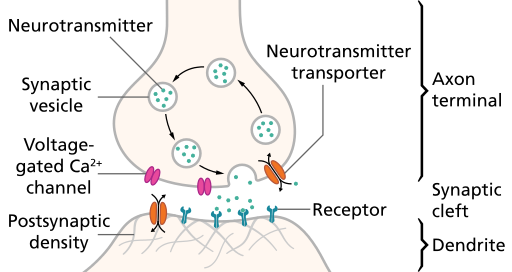
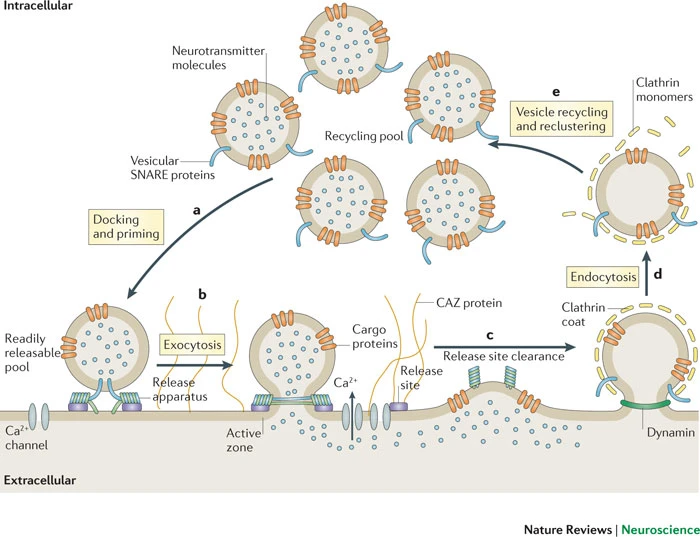

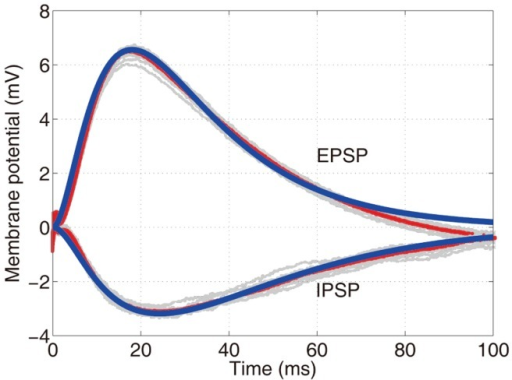



Comment on Quiz 1